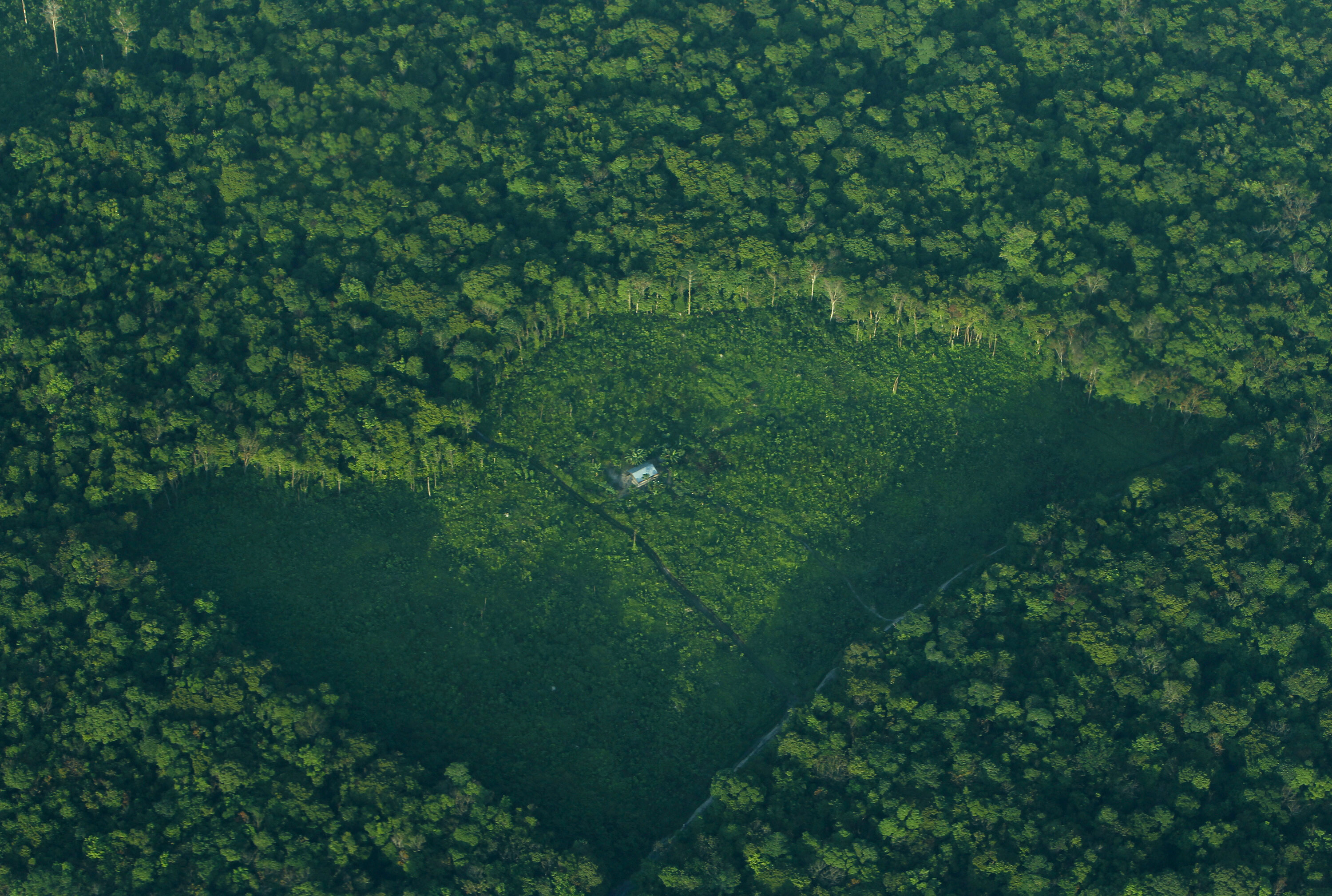3 ways we should rethink humanitarian aid

World Humanitarian Day, the United Nations campaign to draw attention to the importance of humanitarian work, is unique, but not for a good reason.
Since this decade began, more than four times as many people are forced to leave their homes every day due to conflict, disease and disaster. We see it all over our screens: migrants crowding on to ships to cross the Mediterranean; crumbling states in Libya, Yemen and Syria; climate-related floods and fires around the world. The list goes on.
Stretched to breaking point
It’s worth pausing to consider that the last time the world had this many displaced people was during the Second World War. So it’s hard to overstate the unprecedented scale and severity of crises happening around the world today, and it should come as no surprise that humanitarian agencies are stretched to breaking point.
These dire circumstances are forcing an urgent rethink of the humanitarian system. It’s not just that the $22 billion spent last year on humanitarian aid must be increased significantly or that aid workers must be recruited, trained and deployed more quickly. We need to entirely change the way we think about supporting people in crisis. So how do we do this?
1. Good intentions are not enough. Aid programmes need to be vigorously results-oriented, with a strong focus on evaluating what’s working and fixing problems in real-time. This entails deploying technologies to understand needs immediately and to respond in a coordinated fashion. Drones – so often thought of for their role in war – are beginning to play a critical role in reaching people in remote areas, far from roads and telecommunications. And fast-growing satellite systems hold huge potential for understanding instantly where needs are greatest.
2. Aid recipients are not just victims. They are ready to help themselves if given the tools. One obvious and tested approach to empowering people in crisis is to give them aid in the form of currency they can spend on their own. Studies have shown this form of aid is faster, more efficient and can help local economies rebound after a crisis. But little humanitarian aid is spent in this way – the UN estimates it at just a few percent. This must be increased dramatically and urgently.
3. People in crisis are all different. They may be displaced from their homes but they often have mobile phones, know how to read and write, and reside in urban areas. As more coastal cities are hit with climate-related disasters, this will become increasingly true. The focus of aid work can’t just be refugee camps. In fact, getting people out of refugee camps is now a critical objective, with the amount of time spent in a camp averaging at 17 years.
But this new way of thinking about humanitarian aid – driven by technology and metrics, empowering people with direct payments and leveraging the assets people in crisis already have – highlights an obvious gap. Corporations need to be considered a vital part of this future humanitarian system. We need a business-minded approach to humanitarianism, and that can’t happen without full engagement from the private sector.
What can companies do?
Companies are already involved; they make donations or step forward when emergencies affect their employees or operations. But perhaps, with a few exceptions, it would be wrong to say they are fully fledged members of the humanitarian system. This is a change that needs to happen if we hope to bring about a new era in humanitarian aid, one in which we are capable of responding to the kind of emergencies the world is now experiencing.
For global corporations, this means having a written humanitarian strategy, one that answers questions such as how your business can play a productive role in fragile states, and how your expertise and technology can help aid agencies step up their game. For aid agencies, this new era means engaging with companies as partners, not just as donors. A humanitarian system in which banks, retailers, tech companies and more play a central role is a significant change in mindset and approach, but it is sorely needed.
Have you read?
How can we make the most of aid?
Can mobile phones help with disaster relief?
How technology can aid humanitarian response
Author: Raj Kumar is president and editor-in-chief of Devex. He is chair of the World Economic Forum’s Global Agenda Council on Humanitarian Response
Image: Syrian refugee children look out from their tent in the makeshift settlement in Saadnayel in Lebanon’s Bekaa Valley August 17, 2015. REUTERS/Mohamed Azaki
Don't miss any update on this topic
Create a free account and access your personalized content collection with our latest publications and analyses.
License and Republishing
World Economic Forum articles may be republished in accordance with the Creative Commons Attribution-NonCommercial-NoDerivatives 4.0 International Public License, and in accordance with our Terms of Use.
The views expressed in this article are those of the author alone and not the World Economic Forum.
Stay up to date:
Humanitarian Action
Related topics:
Forum Stories newsletter
Bringing you weekly curated insights and analysis on the global issues that matter.
More on Global CooperationSee all
Sebastian Buckup and Maximilian Martin
November 13, 2025






